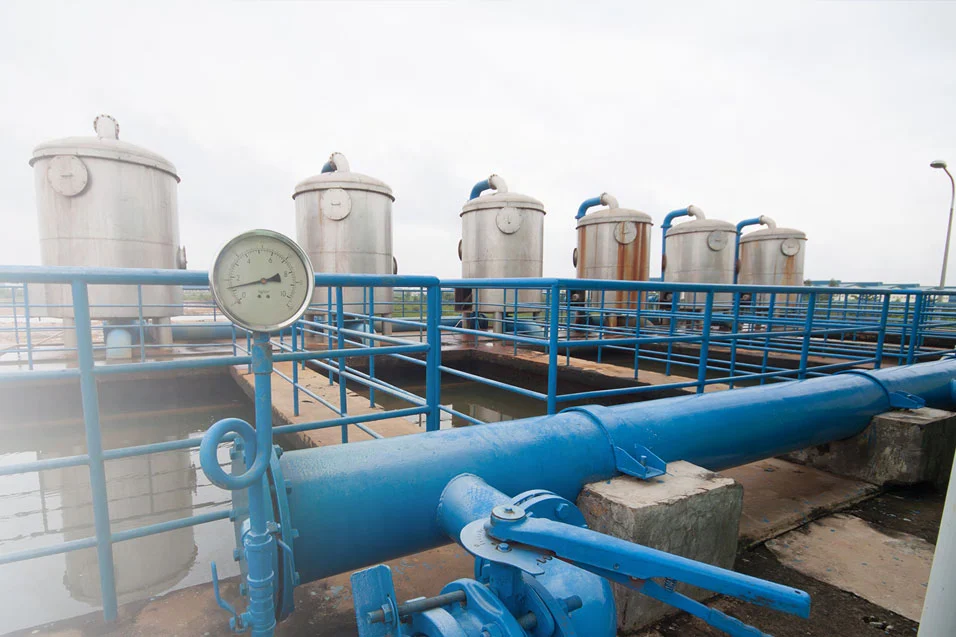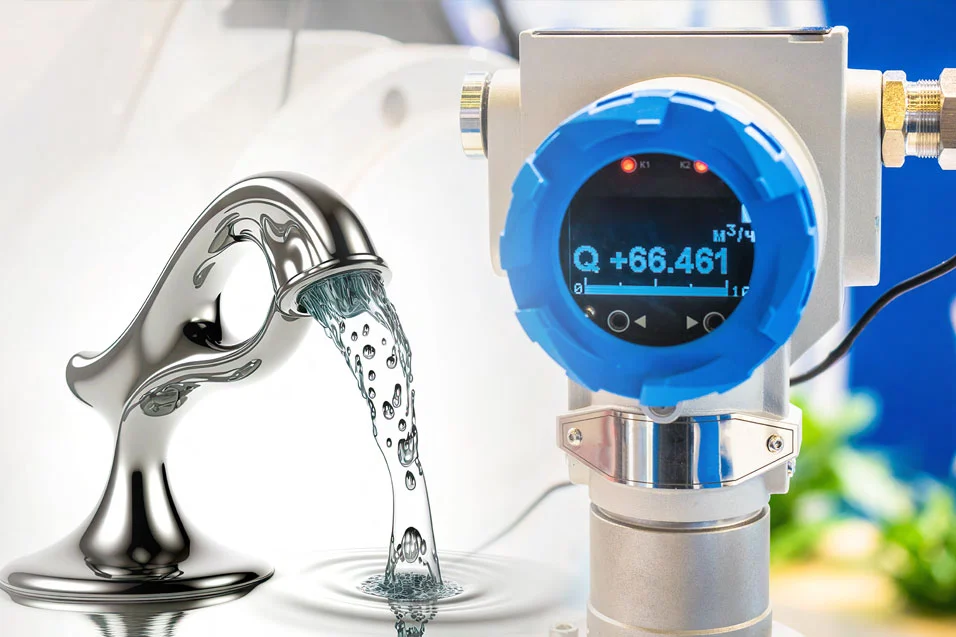Success in today’s marketplace calls for a greatly reduced product development cycle which can combine speed, agility and precision to roll out new offerings and services in weeks, sometimes days, not months. Struggling with organizational silos is increasingly seen as an innovation-killer. In recent times, DevOps has emerged as a major methodology to realize this vision.
Cloud-based companies like Netflix and Amazon have demonstrated that you really need to move very fast in a new launch, and that the best way to go about is breaking down silos and applying good practices and principles that improve and collaboration. With an increasingly short time to market, they changed the entire test and release cycle paradigm in the industry.
It is important to note that while companies that are pure play IT were quick to make the shift to DevOps, enterprises dealing in physical devices haven’t kept pace with the transition.
DevOps methodology is difficult to implement in heavy industry because it is not just a set of parameters; it’s an entire cultural upheaval. For a company dealing with physical devices and operating in the IoT realm, it becomes even more complex as you have to deal with both software and hardware. DevOps in medical devices is even more complex as one should be sure to factor in compliance issues and device security.
Why DevOps?
Medical Devices traditionally follow the Waterfall methodology of development, where design is predefined, testing is often manual and updates can take months to roll out due to a bloated architecture. In a market space where technology changes and upgrades happen on a daily basis, models can become obsolete very quickly and there is no way to predict what’s missing until the device goes to market.
This is where DevOps implementation comes into play. With the introduction of the DevOps methodology, the architecture becomes leaner thus allowing for teams to make changes faster and more efficiently. This, in turn, addresses two major problems the industry faces: the inability to meet changing market needs during the development process and the inability to factor in feedback from end users, thus leading to design misses. Essentially, the faster they discover information, the easier it is to achieve course correction.
What are the Challenges?
In addition to the typical challenges faced by any IoT company across legacy systems, product pipelines, culture and release cadence, a company dealing in medical devices needs to additionally address infrastructure and compliance issues.
Building a medical device is a complicated process with the involvement of software, hardware, firmware and the creation of live testing environments. A team working on such a project needs a solid platform with proper infrastructure and tooling in order to implement continuous test and build.
All medical devices need to meet certain safety, security and audit standards before they can be released into the market. The downside of not meeting these rigorous standards can come at the cost of human lives at its very worst. Factoring in the automation to reliably and securely manage the meeting of these standards while employing agile technologies is paramount.
In Conclusion
While each industry has its specific needs and pain points, each company in any given industry has its own unique set of problems and solutions. eInfochips has helped many of its IoT and connected devices clients achieve their individual DevOps goals. Click here to read about how we helped a medical devices company optimize DevOps.
To know more about the benefits of DevOps in IoT environment, download our white paper.















